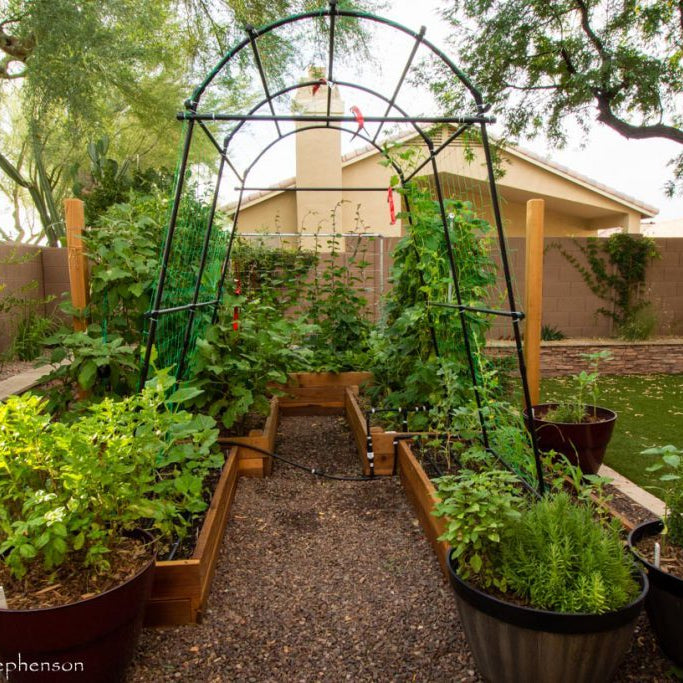
Available 24/7
Available 24/7
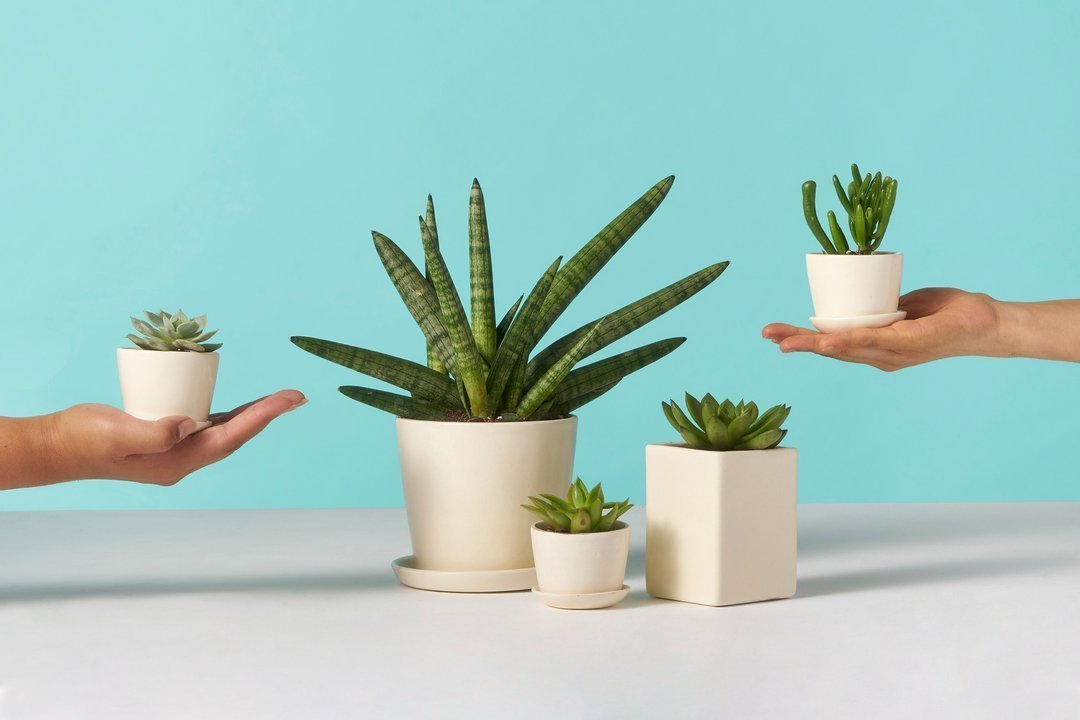
Plant care is not an easy job. Having a plant at home is almost equivalent to taking care of a baby. While everyone loves to have a dash of greenery in their home, not everyone is willing to maintain it. If you wish to have household plants in your space, it is necessary to nourish them with proper care.
Houseplants are best for making your place look good and healthy. Any negligence towards the plants can damage their growth. Here are 7 ‘plant-health’ hacks every plant parent should know.
The best way out is to know when they need the most care. If you are still looking for ideas on how to keep indoor plants healthy, read further.
Place plants in their comfort space.
When you bring home your green buddies, ensure that you place them in a space where they receive sunlight according to their need. While some plants need abundant sunshine, there are a few plants that flourish without it. You can easily have healthy plants if you keep in mind the required sun exposure of your household plants.
1. Maintain moisture

Choosing certain random days to water your plants is certainly not a good idea for plant growth. Over-watering and under-watering bring their own set of problems, hence, look for a better solution. Water the plants when around 2 inches of soil from the surface is dry.
If need be, you can place an absorbent material inside the planters such as a sponge. This will ensure the moisture level of the soil remains intact throughout the day. The sponge will hold the water for a longer time and will keep the plants hydrated.
It is a good practice to water plants according to soil moisture, and not plan it according to the day or schedule.
2. Arrange for enough water when you are not home

Just think of how long you can go without food? Not very long, right? Same way plants need their food after a regular interval. So, what can you do when you are not at home for days?
The best way is to put your plants in a sink or tub. You can also cover the soil in the pot with a wet towel during summers to keep them healthy. This way, you can ensure healthy plants even when you are not at home. It is one of the useful home remedies to make plants grow.
Drip irrigation can be another method. You can also check out Nuresrylive’s self-watering pots for the same.
3. Change the pot timely for healthy growth

Another important tip on how to keep the houseplants healthy is knowing when to shift the plants to a new or bigger pot. When you observe that fresh leaves are smaller than the usual size, it is time to change the plant holder.
It is also possible when:
4. Use right-sized trowels to avoid scattering of the dust

While repotting the plants, the dust scatters all around, making it a tedious job. The smart way to do this is to use a trowel or khurpa. It might not look like a plant care tip, but it helps in proper replanting and ultimately, in plant growth.
5. Know your soil

The type and quality of soil changes from region to region. You must know the quality of the soil that you are using. The soil varies on the basis of the texture, structure, pore space, and organic matter content in the soil. The right soil type will support plant growth.
6. Invest in quality fertilizers

You must use the best quality fertilizers for plants to ensure the nutrients reach the soil to boost the plant growth. Together, they enhance the plant and can fasten their growth.
You also need to ensure that you are using the right quantity of the fertilizers. Overdose has its own adverse effects.
7. Observe signs for help

Your plant might need help to grow. You need to observe signals like rotting roots, discolouration of leaves, etc. Try repotting or watering correctly when the roots start rotting. Prune the damaged parts of plants at the right time.
The colour of the leaves shows there is something wrong with temperature. It may be hot or cold; however, a few yellow leaves are fundamental.
You must also have a basic garden tool kit with you for proper cultivation of the soil and maintenance of your houseplants. Tools like pruning shear, khurpa, watering cans, budding and grafting knives can be helpful.
We hope these plant care tips could help you in giving your plants a new life. It is recommended that rather than waiting for some sign of a problem with your houseplants, consider these top recommendations to take preventative measures and keep the garden plants healthy.
It is imperative to take necessary preventative plant care measures to ensure there is no likelihood of a disease occurrence. Taking care of houseplants brings about internal peace. We understand your love for your beloved plants.
Following these best practices will prove to be the successful home remedies to make plants grow in a much healthier way. Stay tuned for more tips and tricks to make the best of the time you spend with your plants. Happy Gardening!
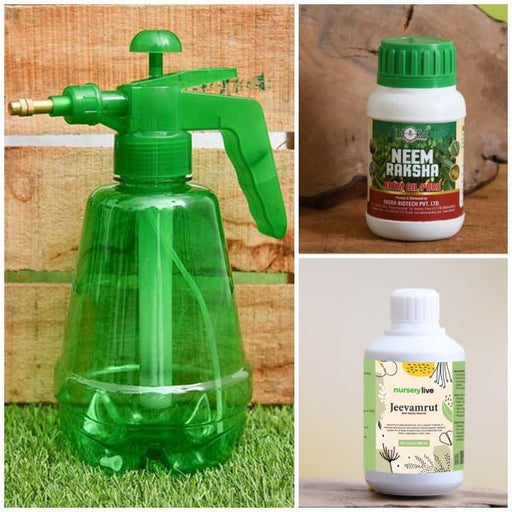 Save 25%
Save 25%
Garden Essential Plant Food and Protection Kit The Garden Essential Plant Food and Protection Kit is your all-in-one solution for nurturin...
View full details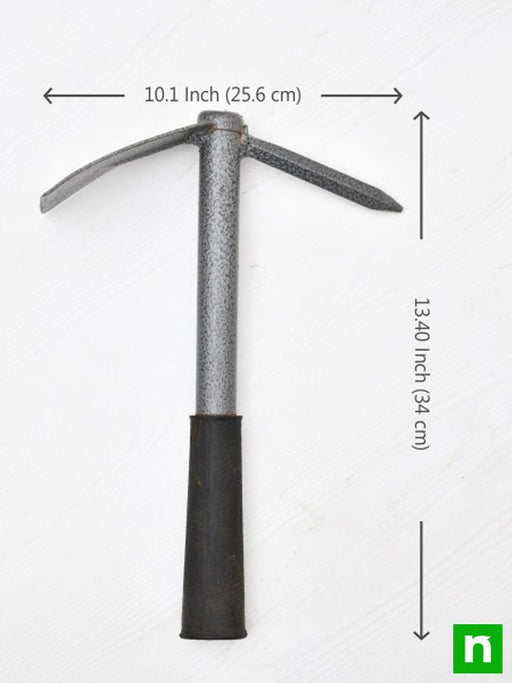
 Save 14%
Save 14%
Garden Hoe Trowel with Handle No. MMI 94 - Gardening Tool The Garden Hoe Trowel with Handle No. MMI 94 is an essential gardening tool desi...
View full details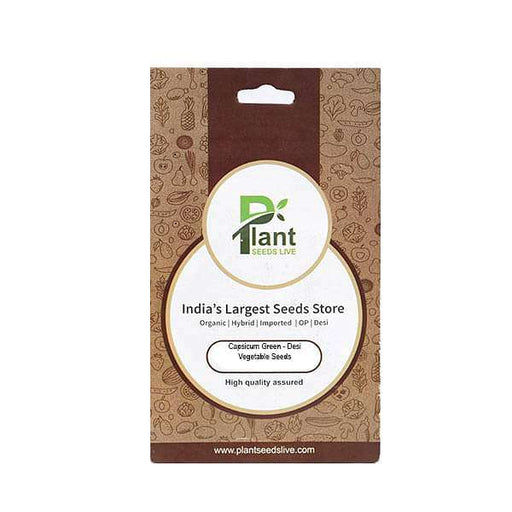
 Sold out
Sold out
Capsicum Green - Desi Vegetable Seeds Capsicum Green, also known as bell pepper, is a vibrant and nutritious addition to your garden. Thes...
View full details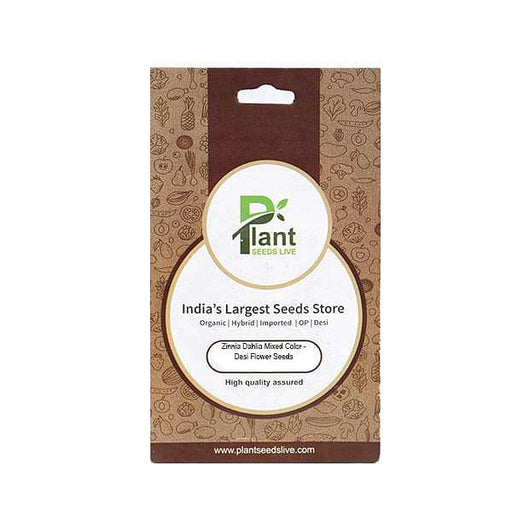
 Sold out
Sold out
Zinnia Dahlia Mixed Color - Desi Flower Seeds Transform your garden into a vibrant tapestry of colors with our Zinnia Dahlia Mixed Color -...
View full details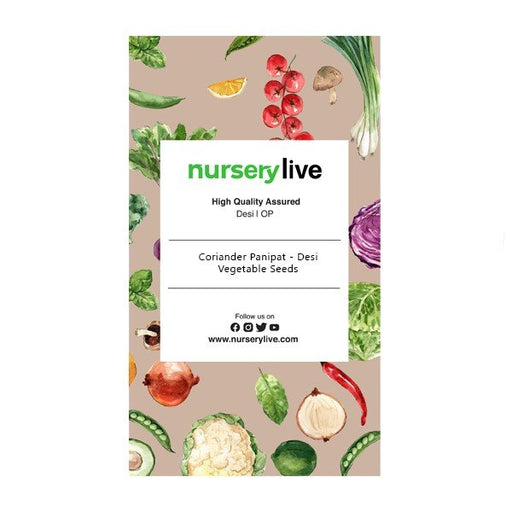
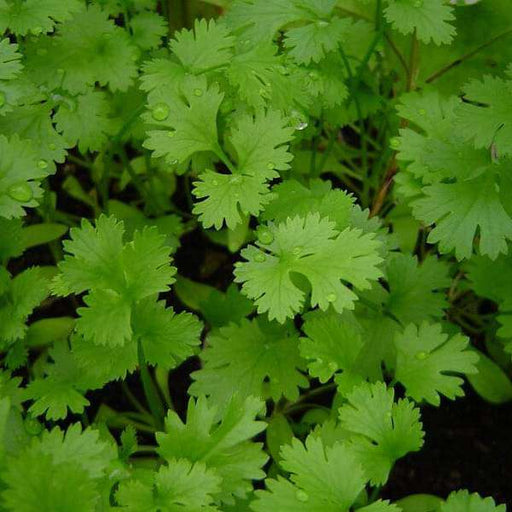 Save 25%
Save 25%
Coriander Panipat - Desi Vegetable Seeds Coriander Panipat is a premium variety of coriander seeds, cherished for its aromatic leaves and ...
View full details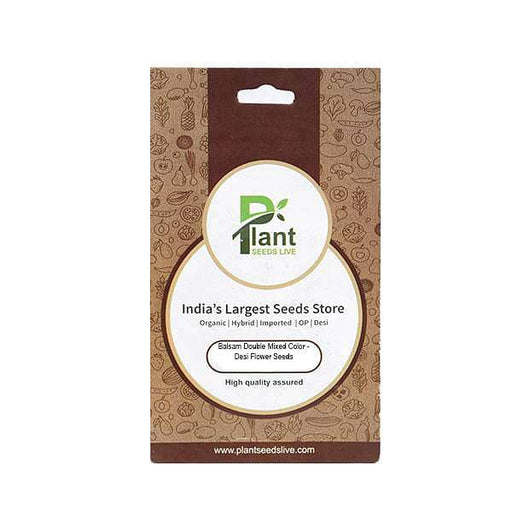
 Save 25%
Save 25%
Balsam Double Mixed Color - Desi Flower Seeds Discover the vibrant beauty of Balsam Double Mixed Color - Desi Flower Seeds, a delightful a...
View full details
 Save up to 15%
Save up to 15%
Peace Lily, Spathiphyllum - Plant The Peace Lily, scientifically known as Spathiphyllum, is a stunning houseplant celebrated for its elegant white...
View full details
 Save 18%
Save 18%
Combo Constituents Includes the Parijat Tree (Night-Flowering Jasmine), a culturally significant plant with fragrant flowers. Description The Pari...
View full details
 Save 25%
Save 25%
Description Raat Ki Rani (*Cestrum nocturnum*), also known as Night Blooming Jasmine, is a fragrant shrub native to the Caribbean and Central Ameri...
View full details
 Save 25%
Save 25%
Jasminum sambac, Mogra, Arabian Jasmine - Plant Jasminum sambac, commonly known as Mogra or Arabian Jasmine, is a fragrant flowering plant...
View full details
 Save 17%
Save 17%
Rajnigandha, Tuberose - Plant The Rajnigandha, scientifically known as Polianthes tuberosa, is a captivating perennial plant renowned for ...
View full details
 Sold out
Sold out
Citronella, Odomas - Plant The Citronella plant, scientifically known as Cymbopogon nardus, is a tropical grass renowned for its aromatic ...
View full details Save 25%
Save 25%
Damascus Rose, Scented Rose (Any Color) - Plant The Damascus Rose, also known as Rosa damascena, is a timeless symbol of beauty and romanc...
View full details
 Save 35%
Save 35%
Best 6 Plants for Perfect Indoor Garden Transform your living space into a lush oasis with our curated collection of the Best 6 Plants for a...
View full details
 Save up to 50%
Save up to 50%
Mini Succulent Garden Pack Transform your space with our Mini Succulent Garden Pack, featuring a delightful collection of 4 any variety beautiful s...
View full details
 Save 30%
Save 30%
5 Best Fragrant Plants Transform your garden or indoor space into a fragrant paradise with our curated selection of the 5 Best Fragrant Plants. Th...
View full details
 Save 24%
Save 24%
Set of 2 Bonsai Looking Grafted Adeniums Transform your indoor or outdoor space with our exquisite Set of 2 Bonsai Looking Grafted Adenium...
View full details Save 45%
Save 45%
Top 4 Die Hard Succulents Pack Transform your indoor or outdoor space with our Top 4 Die Hard Succulents Pack, featuring a curated selecti...
View full details
 Save 30%
Save 30%
5 Best Indoor Plants Pack Transform your living space into a lush oasis with our '5 Best Indoor Plants Pack.' This carefully curated collection fe...
View full details
 Save 25%
Save 25%
Set of 4 Evergreen Air Purifier Plant Pack Transform your indoor space into a lush, green oasis with our Set of 4 Evergreen Air Purifier Pla...
View full details
Comments
Leave a comment